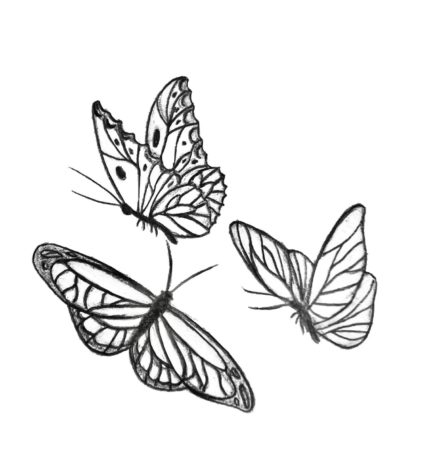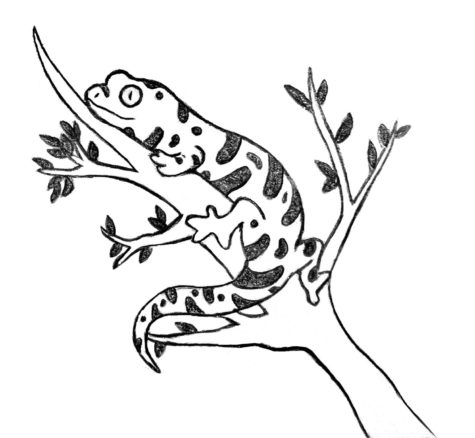Good News Stories From Around the World
Butterflies, geckos, and space travel!
During a time of unprecedented turmoil and loss, it can be difficult to look past the tragic stories we see on our phones and televisions every day. While this is overwhelming and often disheartening, there are still uplifting and positive stories worth sharing. Here are just a few happy things that have been happening around the world recently.
Butterfly Populations Soar:
In 2020, only two hundred Western monarch butterflies flew South for the winter to Pismo Beach Butterfly Grove in California. Experts and park rangers were concerned by the exceedingly low populations, fearing that the beautiful species would soon go extinct. However, in an unexpected turn of events in 2021, volunteers at Pismo Beach counted over 100,000 Western monarch butterflies as a majestic swarm descended into California for the winter. Some butterflies in this swarm had migrated from as far North as Canada. Scientists have ascertained that Western monarch butterfly populations have increased from 2020 by an astounding 4,900 percent in 2021. The increase in butterfly population has brought joy to experts, park rangers, and gardeners alike, and ignited a spark of hope in the path to restoring butterfly populations.

Gecko With a Cancer Treatment:
Lemon frost geckos are known for their sunny yellow skin tone and unfortunate susceptibility to cancerous tumors. One gecko in particular, a male named Mr. Frosty, had a number of offspring with small, white tumors growing on their skin. Scientists investigated Mr. Frosty and his offspring, and found that a gene called SPINT1, which is linked to skin cancer in humans, is also responsible for the geckos’ yellow skin and tumors. Studying the SPINT1 gene further could help scientists in better understanding how cancers develop in humans – and perhaps lead to new ways to treat certain cancers like melanoma.

Road Trip to Venus:
When we hear about space travel to other planets, it is often about Mars. But what about the Earth’s other neighbor, Venus? In 2020, researchers at NASA announced that they had detected traces of phosphorine, a possible biosignature gas, in the atmosphere of Venus. This discovery rekindled interest in exploring the planet, and in June of 2021, NASA announced two new missions to Venus by 2030. One of the missions, called VERITAS (short for Venus Emissivity, Radio Science, InSAR, Topography, and Spectroscopy) will set out to map the terrain of Venus from orbit, which is a new scientific endeavor. The other mission, called DAVINCI+ (short for Deep Atmosphere Venus Investigation of Noble gasses, Chemistry, and Imaging, Plus) will dive into Venus’ atmosphere, with a focus on learning how the planet’s atmosphere has changed over time. Venus is a complex planet, and with these missions, scientists hope to gain a better understanding of its many intricacies.

Amritha is a junior this year and this is her first year on the Messenger. She was inspired to join the school newspaper after taking Mr. Z's Journalism...




